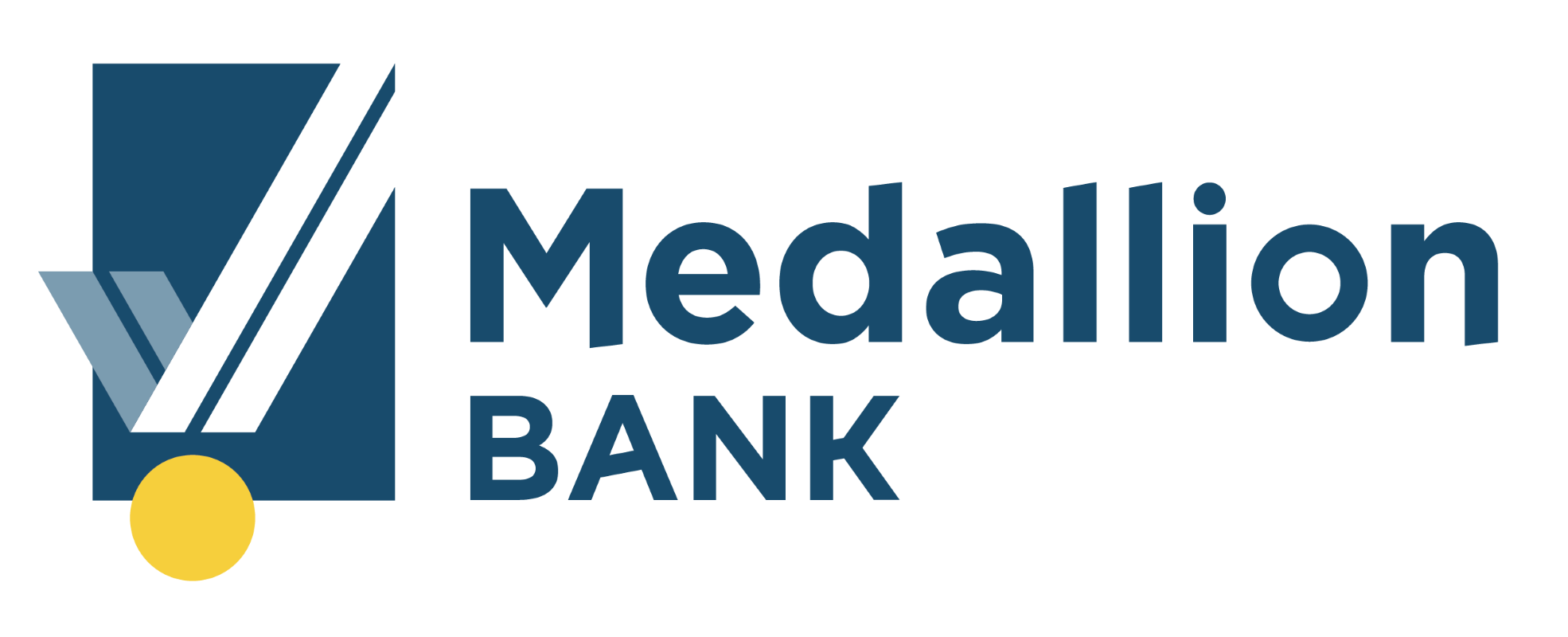When I was an undergraduate at the University of Washington, I encountered a phenomenal teacher in one of the undergrad history surveys. That experience prompted me to take more history courses and, eventually, I earned a degree in history. While I wouldn’t call myself a history buff, I’m quite aware of the many benefits of history awareness, particularly that of a clearer understanding of the present.
The replacement contracting/home improvement market today is unusual in some unique ways worth thinking about. This is particularly true when you include home improvement finance in your assessment of the market. For example:
Outsiders. The has been dramatic growth in the number of “outsiders” jumping into the market. In most cases, these companies are very strong marketers. For the experienced contractor, competing against marketing companies is a challenge. Some of these marketing companies do good contracting work, but others are churn and burn shops that look more like the old “tin men” of contracting than experienced professionals. Even the best contractors are being forced to learn new tricks to stay relevant in the changing environment.
In lending, we have an increasing number of technology companies entering the market. They each look quite professional online and do an excellent job developing business. But the jury is still out on whether or not these companies understand lending well enough to weather the eventual economic storm. Given the pattern played out in history, the details might be different but the risks remain the same. If the next downturn has the same effect as the prior downturns, many of the upstarts will vanish into the past.
Supply & Demand. For the average contractor, the market is steadily improving but the economic recovery hasn’t been like recoveries of the past. This has limited revenue growth for many and generally forced participants into resetting expectations for the future. As a result, there is a lot of competition pursuing less demand than we all wanted. It’s a tough operating environment.
In lending, the inputs are different but the effect is largely the same. Like the “cash for clunkers” program that moved auto purchases forward in time and created supply shortfalls for used vehicles, the recession concentrated loan losses in time and created a shortage of good credits today. The result is some of the best credit performance in history combined with a lot of demand for loans. That breeds tremendous competition while setting potentially unrealistic expectations for credit performance going forward.
While one can take pleasure in history for history’s sake, on a practical level history can help us understand the potential outcomes of our behaviors today. Using history as your guide, are you making decisions today that differ from the choices made by your peers?
[/vc_column_text][/vc_column][/vc_row]

